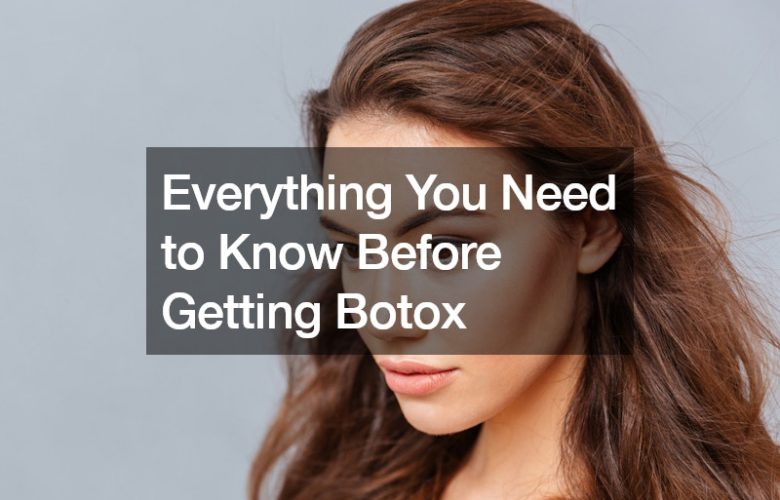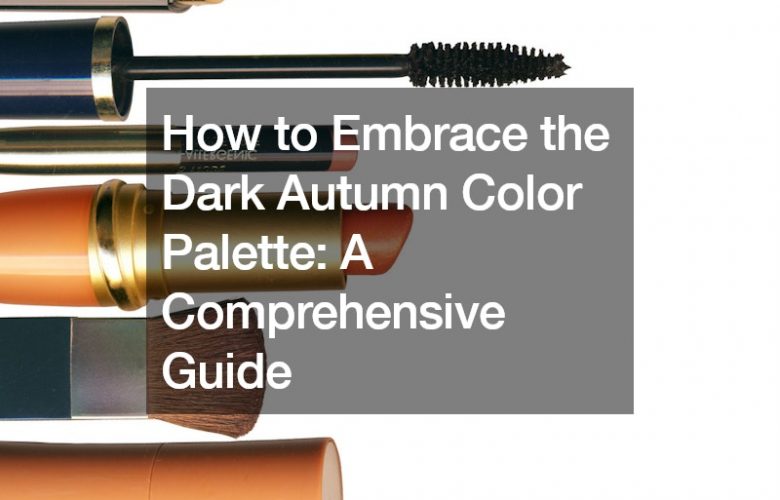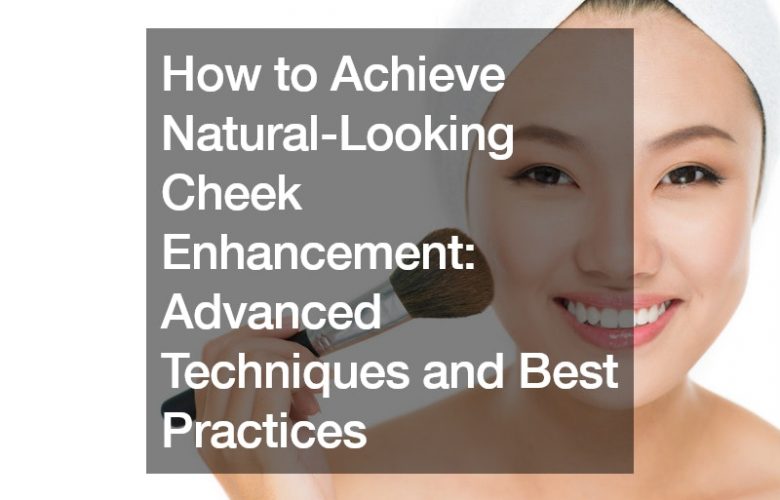

When you have hair that is short and/or damaged, getting hair extensions can be a great way to make the hair look better. The best hair extensions are made out of human hair and can be washed and even dyed along with your natural hair. To find the best hair extensions for damaged hair, find out the reputations of the local hair extension shops. This can be done by looking at their business listings online. The best hair extensions reviews will indicate the businesses that have the best local reputations.
The best hair clips for natural hair are clips that can handle thick quantities of hair. Small, thin clips are often too small to work well and often get broken easily. If you want good, strong clips, you can look at the best hair extension websites to find clips that they sell. These clips can be used with your natural hair, or they can be used along with your hair extensions to get a more natural look. Hair extensions are a great way to play with longer hair, and there’s no need to wait a year for the hair to grow out. They can be a fun way to get a new look.
Have any other questions or comments for us about hair extension info or the hair salon industry in general? Just ask us by leaving a comment below! Get more on this here.Getting hair extensions to add body to hair, or a few extra inches of length, was once something that American women would hide. However, many of today’s most famous celebrities openly flaunt the fact that they use hair extensions, which has made them more popular than ever before.
But if you’re new to the hair extensions industry, some of the words that hair extension professionals use every day might confuse you to the point where it’s impossible to understand what they’re talking about.
To make sure you’re in the know on what your hair extension stylist means when he or she says certain things, here are some of the most common terms and lingo that people in the hair extension services industry use every day:

Remy vs. non-Remy extensions
One of the words you’ll hear most often in the hair extensions industry is Remy. It’s a term that refers to hair extensions that come from a single hair donor. Remy extensions look the most natural, and the hair’s cuticles are kept intact, meaning there will be minimal tangling and matting of your extensions.
Virgin vs. non-virgin extensions
When it comes to hair extensions, the word “virgin” takes on a slightly different meaning. Virgin hair extensions have received no chemical processing or dyeing, making them higher-quality and more desired. Virgin extensions tend to come in darker colors, as natural blonde extensions are more rare in general. It’s best to get virgin extensions that come from a single hair donor (Remy extensions), as multiple-donor extensions can be lower in quality.
Clip-in extensions vs. sew-in extensions
The names pretty much say it all, but there are a number of pros and cons to clip-ins and sew-ins that all newcomers to hair extensions need to know about. Clip-in extensions are inexpensive, versatile and do the least amount of damage to your real hair. However, they can be high-maintenance and can pull on your hair, causing discomfort. Meanwhile, sew-in extensions — or weaves — can last as long as 10 weeks, can be washed and styled like the rest of your hair and are less damaging to your hair. However, they take a long time to put in and take out, and are more costly.


